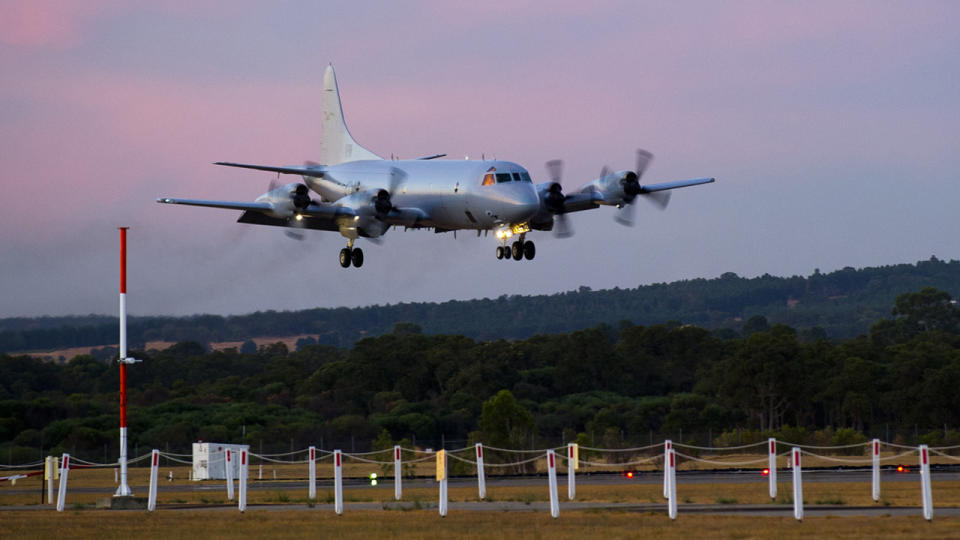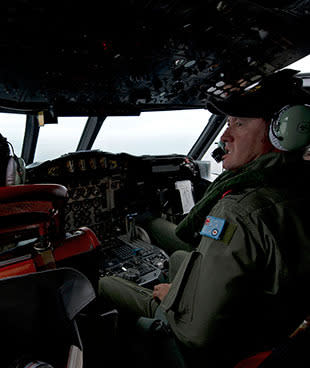Planes search remote seas for jet
Spotter planes have spent a second fruitless day scouring a remote stretch of the Indian Ocean for wreckage from a Malaysian jet, as Chinese relatives of the missing passengers clashed with Malaysian officials.
Australian and US military aircraft usually used for anti-submarine operations on Friday criss-crossed the isolated search area 2500 kilometres southwest of Perth, looking for two floating objects that had shown up on grainy satellite photos taken several days before.
Although the images were too indistinct to confirm as debris from Flight MH370, Australian and Malaysian officials said they represented the most "credible" leads to date in the hunt for the plane and its 239 passengers and crew.
Friday's search concluded "without any sightings", the Australian Maritime Safety Authority (AMSA) said in a statement.
The planes flew low under the cloud cover rather than rely on radar, after poor weather the day before hampered the search.
"We replanned the search to be visual, so aircraft flying relatively low, with very highly skilled observers looking out of the windows," said AMSA official John Young.
"This means aircraft operating more closely together and we will need more aircraft for this task."
Friday's aerial contingent comprised three Australian air force P-3 Orions, a US Navy P-8 Poseidon and a civil Bombardier Global Express jet.
The distance from the west coast of Australia allows the planes only about two hours of actual search time before they must turn around with enough fuel to get back to Perth.
Two merchant ships were helping with the search, but Australia's HMAS Success, which is capable of retrieving any wreckage, was still days away.
"This is going to be a long haul," Malaysian Transport Minister Hishammuddin Hussein told a daily press briefing in Kuala Lumpur.
Malaysia has been criticised for its handling of the crisis, especially by Chinese relatives who have accused authorities and the flag-carrier airline of providing insufficient or misleading information.
A delegation of Malaysian government and military officials flew to Beijing for what turned out to be a bad-tempered meeting with relatives.
The event began with family members yelling at delegates to stand up when they were being introduced.
"You have wasted so much time," shouted one.
The nature of the events that diverted MH370 from its intended flight path on March 8 remain shrouded in mystery, although Malaysian investigators have stuck to their assumption that it was the result of a "deliberate action" by someone on board.
Three scenarios have gained particular attention: hijacking, pilot sabotage, and a sudden mid-air crisis that incapacitated the flight crew and left the plane to fly on auto-pilot for several hours until it ran out of fuel and crashed.
If the objects in the remote southern Indian Ocean are shown to have come from MH370, some analysts believe the hijacking theory will lose ground.
The often storm-swept area is far from recognised shipping lanes and the satellite images were taken on March 16, meaning the objects would have been drifting for days in a volatile maritime region.
If debris is found, the mammoth task remains of locating the "black box" flight data recorder, which offers the best chance of peeling back the layers of confusion and mystery surrounding MH370.




